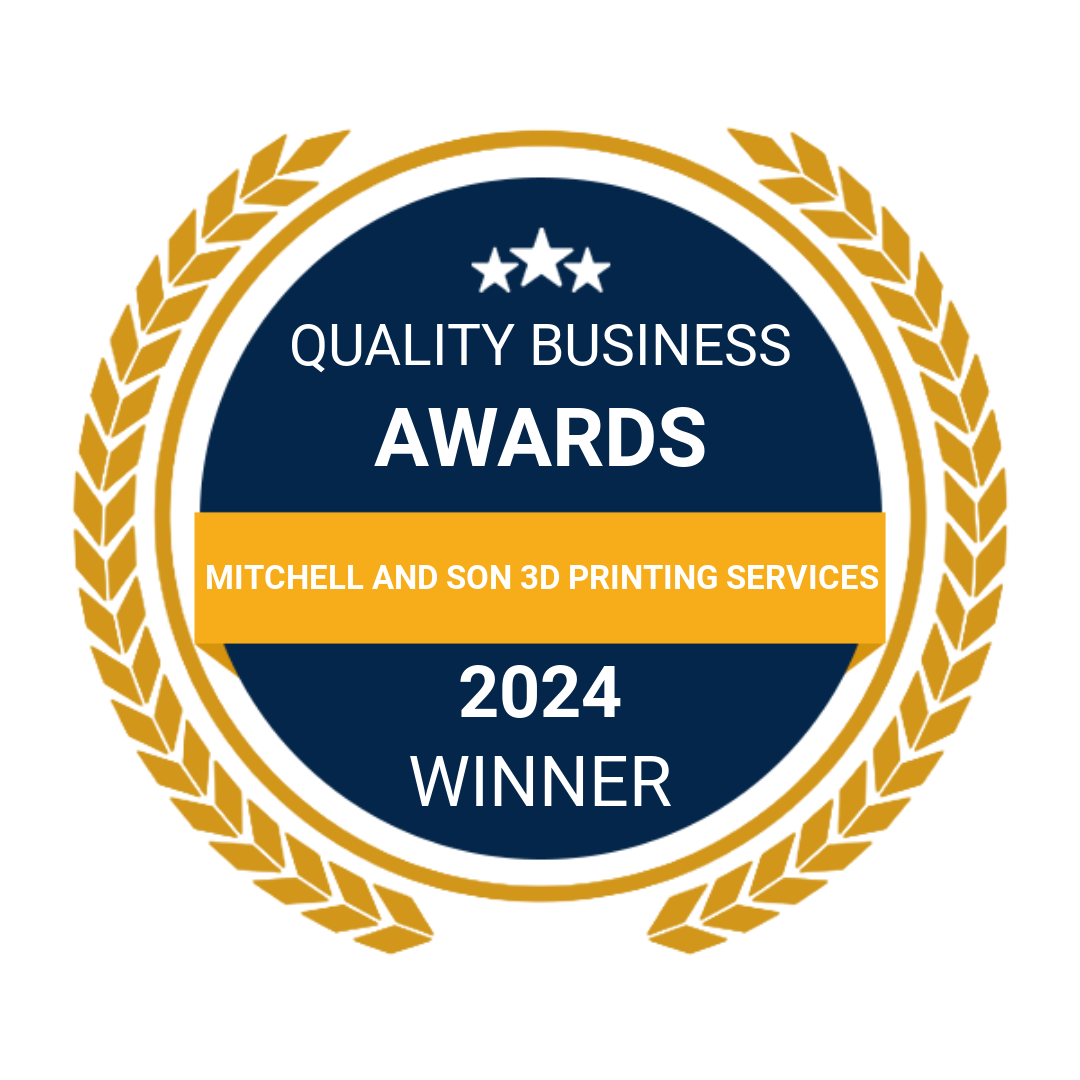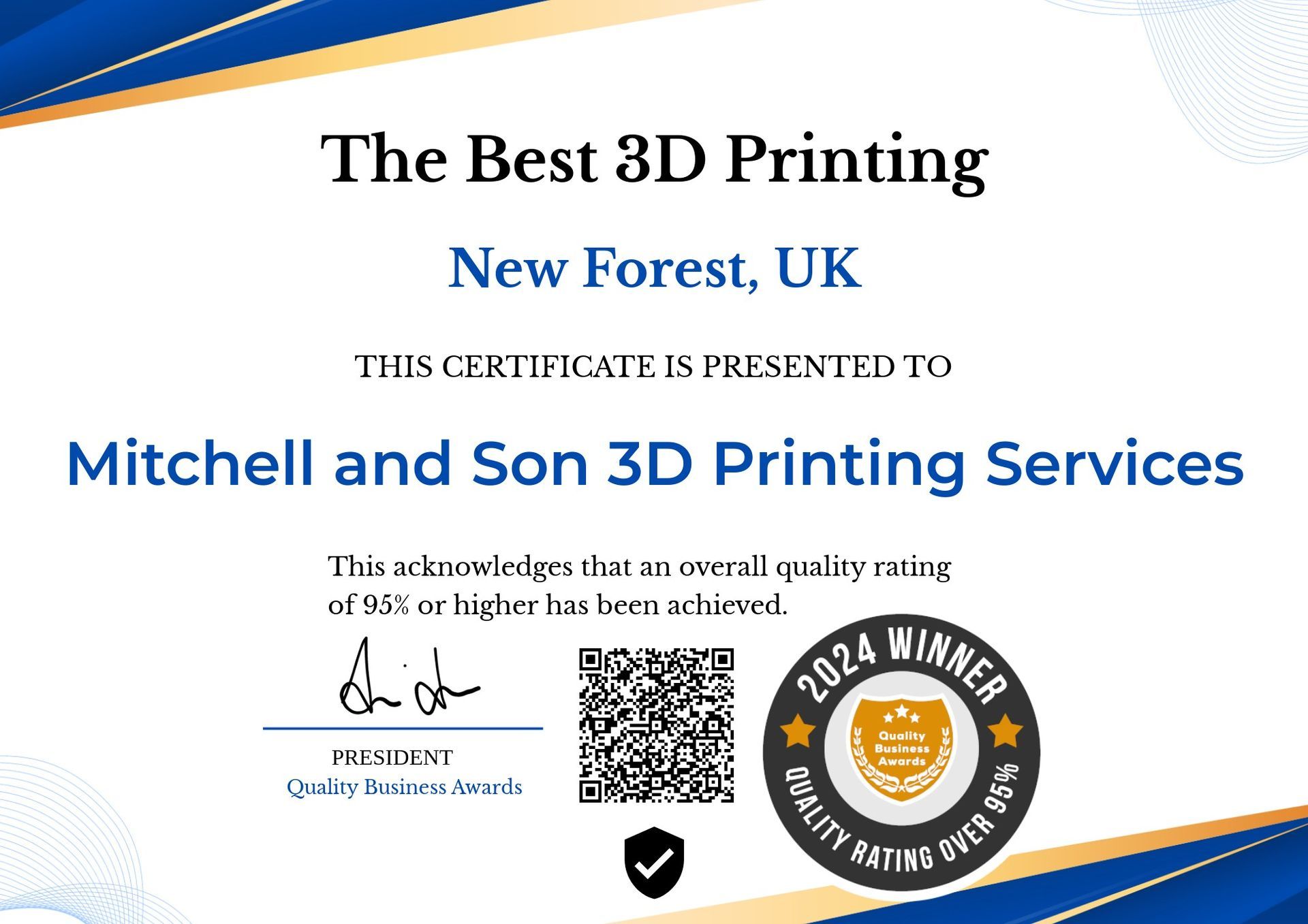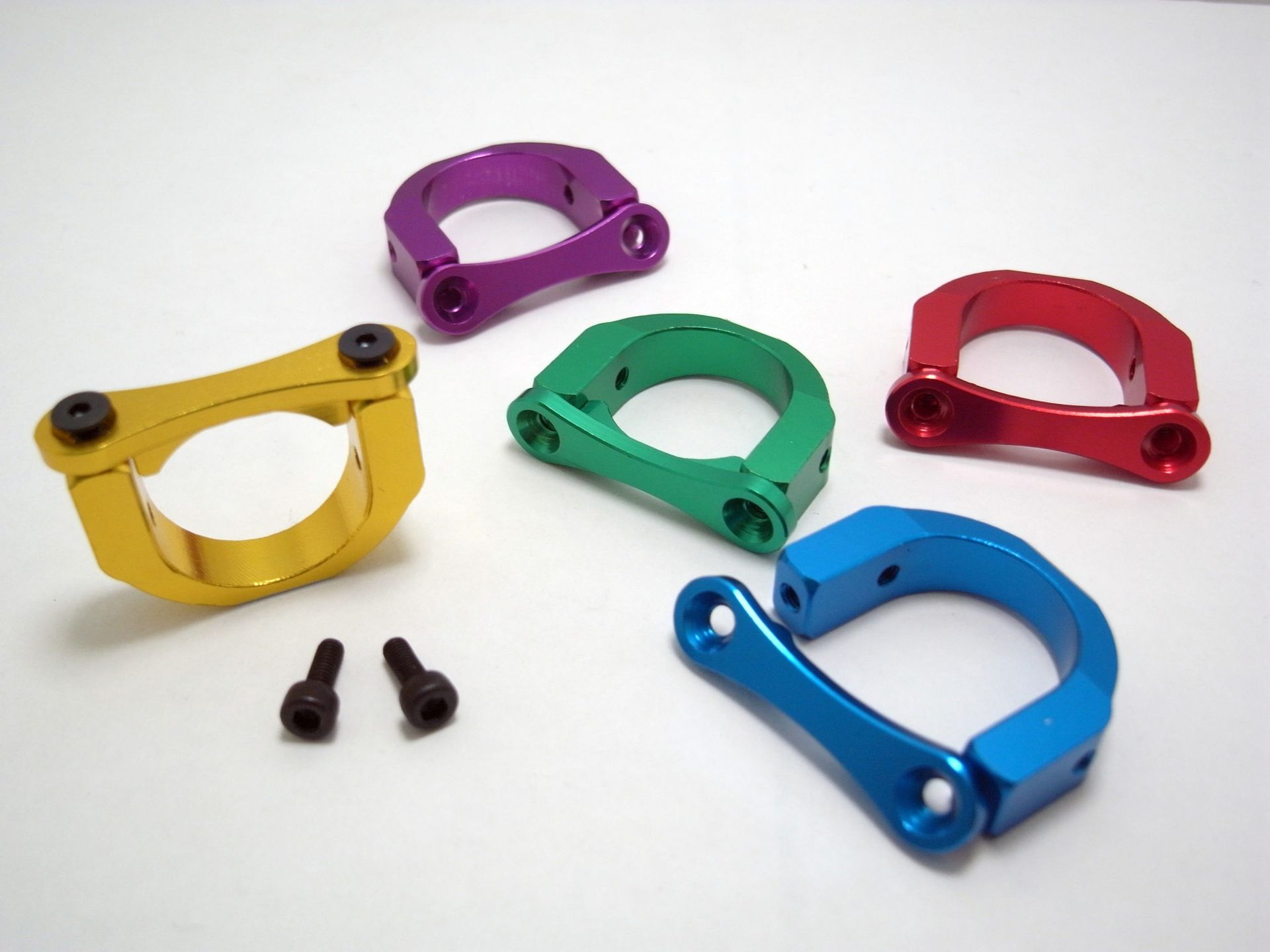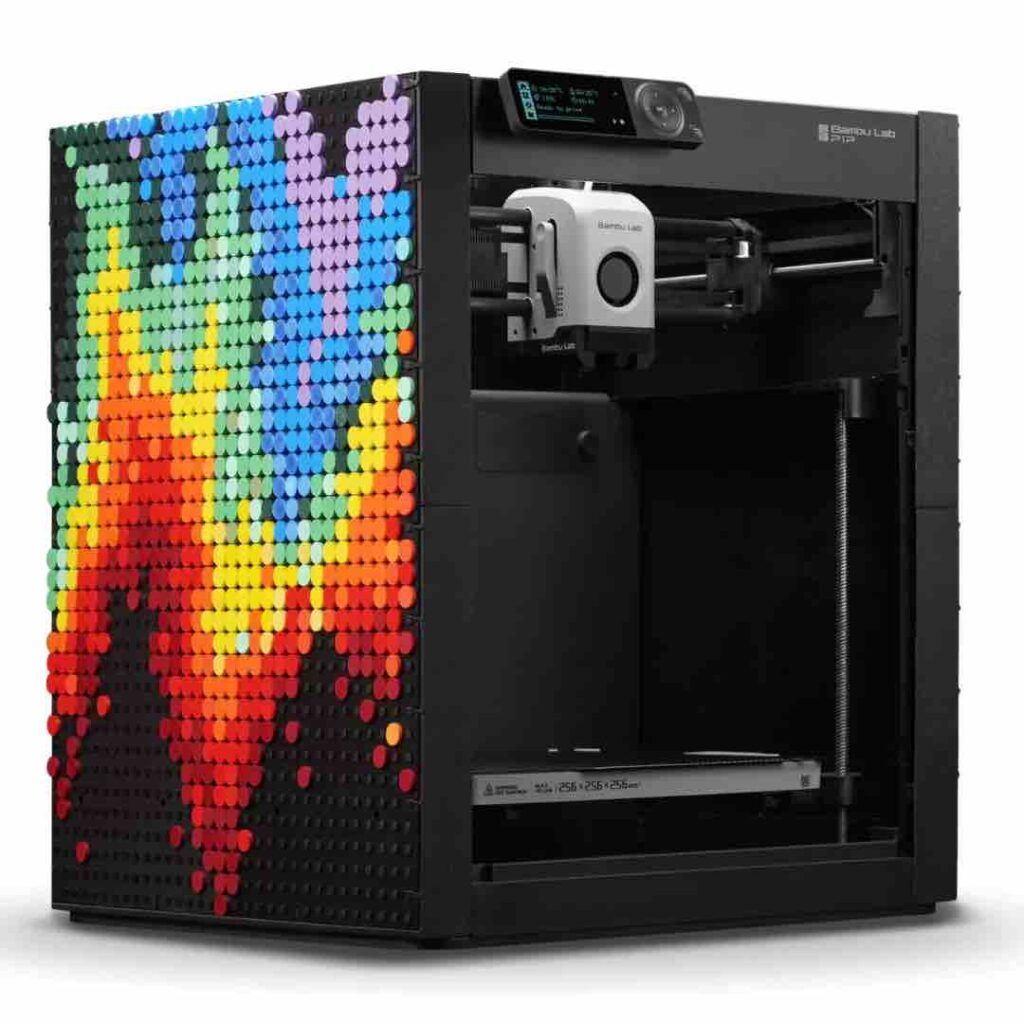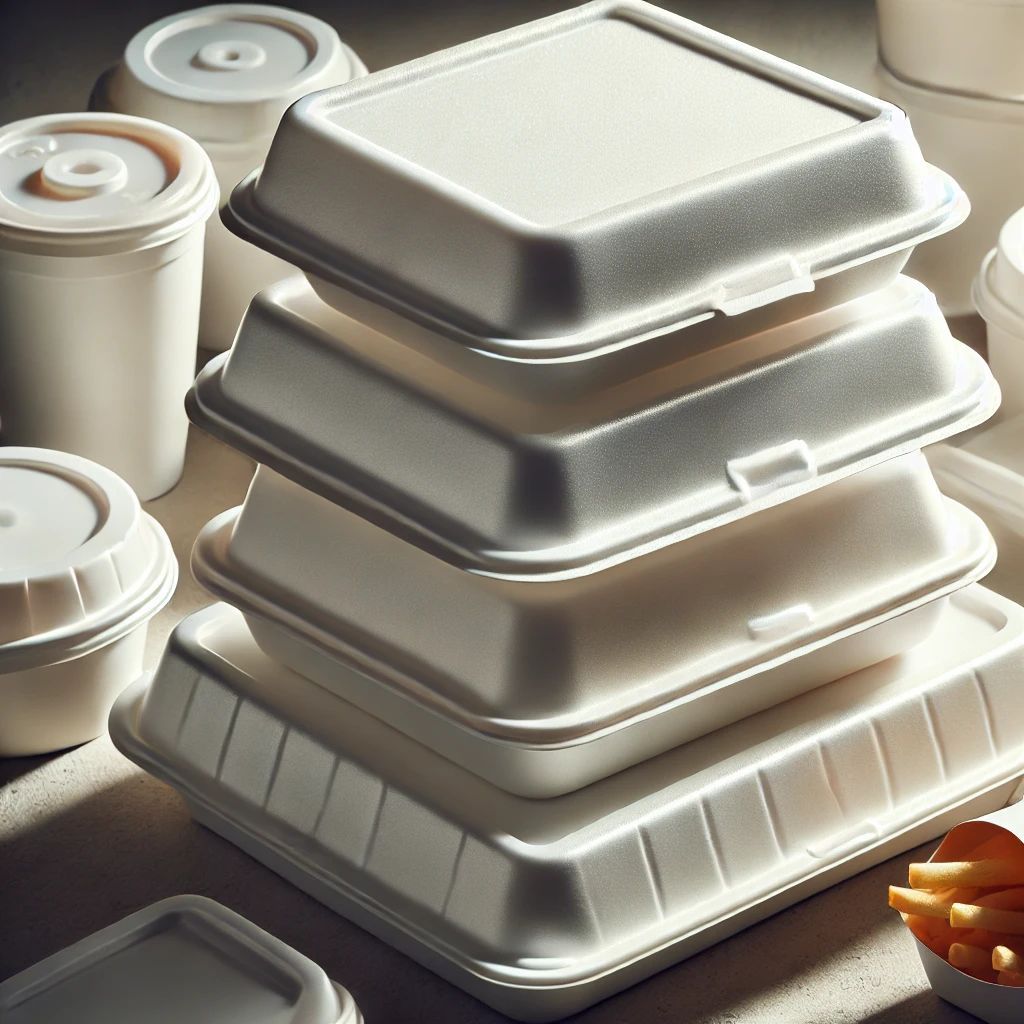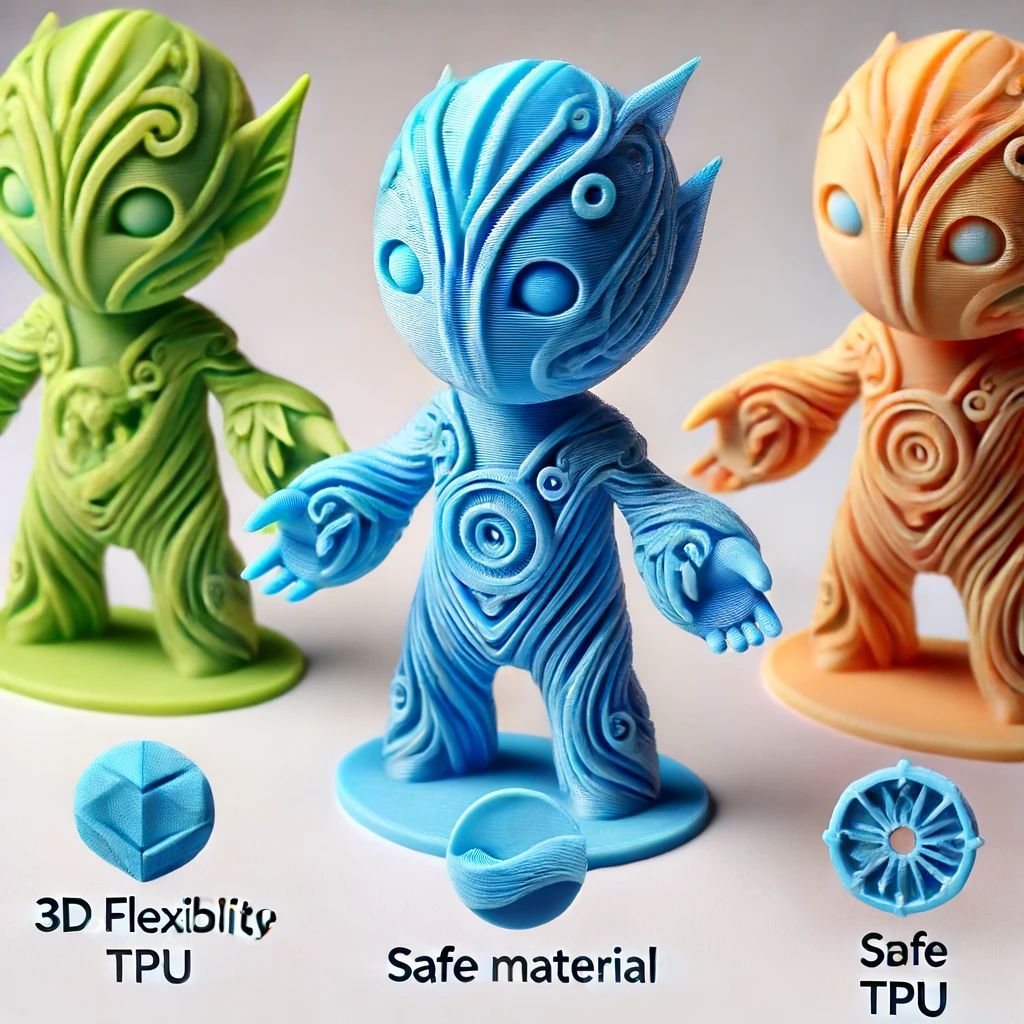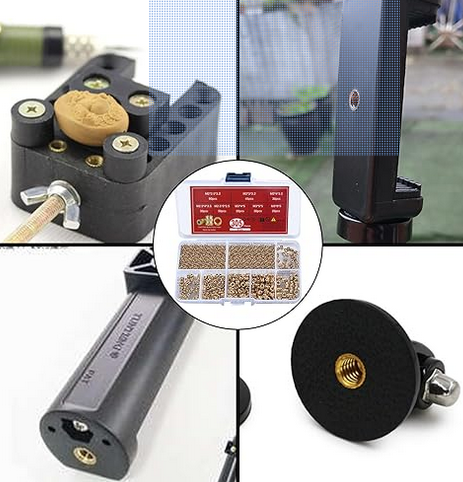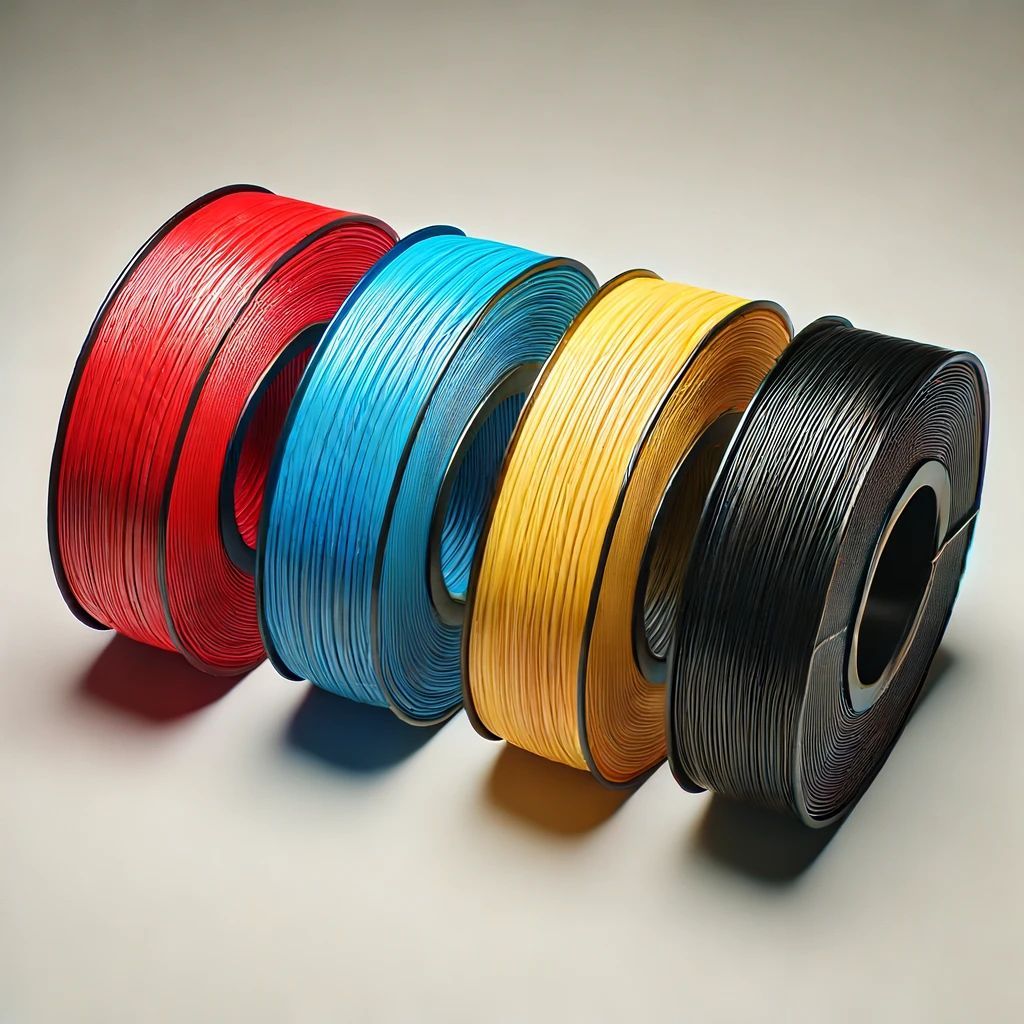Selective Laser Sintering (SLS)
SLS is an industrial 3D printing process that produces accurate, rapid prototypes and functional production parts in as fast as 1 day. Multiple nylon-based materials are available, which create highly durable final parts.
SLS was first developed in the 1980s by a team of engineers at the Massachusetts Institute of Technology (MIT). Since then, it has become one of the most popular 3D printing technologies for prototyping and manufacturing applications.
SLS works by selectively sintering (fusing) powder particles together using a laser. The laser beam traces out the cross-section of the part layer by layer, fusing the powder particles together. The powder that is not fused is recoated and the process is repeated until the part is complete.
SLS is unique among 3D printing technologies in that it can create parts with complex geometries and internal features. It is also one of the few technologies that can create parts from multiple materials.
SLS parts are strong and durable, making them ideal for applications where traditional manufacturing methods would not be able to produce the same level of quality.
If you are looking for a technology that can produce high-quality parts quickly and efficiently, then SLS is the right choice for you
Selective laser sintering (SLS) is an additive manufacturing (AM) technology that uses a laser as the energy source to sinter powdered material, aiming the laser automatically at points in space defined by a 3D model, binding the material together to create a solid structure. The laser selectively fuses the powder particles based on the 3D model, one layer at a time, until the model is completed. SLS is similar to selective laser melting (SLM) but uses heat to fuse the material rather than melt it.
SLS was invented in the early 1980s by Carl Deckard and Joe Beaman at the University of Texas at Austin, and the first working prototype was created in 1986. The process was commercialized in 1987 by DTM Corporation, which was later acquired by 3D Systems. SLS is one of the most widely used AM technologies, and is implemented in a variety of industrial and consumer applications.
The most common material for SLS is nylon, a highly capable engineering thermoplastic for both functional prototyping and end-use production. Nylon is ideal for complex assemblies and durable parts with high environmental stability. Other common materials include polystyrene (PS), acrylonitrile butadiene styrene (ABS), and polycarbonate (PC).
SLS, or selective laser sintering, is a type of 3D printing that is increasingly being used in limited-run manufacturing to produce end-use parts for aerospace, military, medical, pharmaceutical, and electronics hardware. On a shop floor, SLS can be used for rapid manufacturing of tooling, jigs, and fixtures.
SLS technology can be used to produce parts with complex geometry that would be difficult or impossible to produce using traditional manufacturing methods. This makes SLS an ideal technology for prototyping and low-volume production runs.
SLS is also well-suited for producing functional parts for end-use applications. Parts produced with SLS can be used in a wide variety of applications, including aerospace, automotive, medical, and consumer products.
SLS offers many advantages over traditional manufacturing methods, including shorter lead times, lower costs, and greater design freedom.
If you are looking for a way to produce parts quickly and efficiently, SLS may be the right technology for you.
Selective Laser Sintering (SLS) – Durable Performance Parts
High‑strength 3D printing for functional prototypes and end‑use components
Introduction
Selective Laser Sintering (SLS) transforms the art of 3D printing into a robust manufacturing tool. With a unique approach to powder fusion, SLS produces parts with industrial‑grade strength, geometric complexity and functional performance — making it essential for engineers and manufacturers who need more than just a prototype.
mitchellsson.co.uk
What is SLS?
SLS is an additive manufacturing method that uses a laser to fuse nylon‑based powder, layer by layer, until a complete part is formed. Unlike SLA, SLS does not require support structures – the unfused powder acts as a natural support — enabling designers to build complex geometries and internal features with ease.
mitchellsson.co.uk
Originally developed in the 1980s, SLS has become one of the most versatile and robust polymer 3D printing solutions in use today.
mitchellsson.co.uk
Technical Specifications (SLS)
The technical performance of SLS makes it ideal for demanding engineering applications:
▸ Materials:
• Nylon (PA12) and engineering polymers
• Specialty powders for enhanced mechanical properties
▸ Mechanical Performance:
• High strength and durability
• Excellent environmental resistance
▸ Build Capabilities:
• Large build envelopes for batch production
• Complex internal channels and overhangs without supports
▸ Accuracy & Detail:
• Tight tolerances, especially for functional and mechanical components
• Excellent “right first time” results
Because SLS uses unfused powder as support, parts emerge directly without the need for support removal — meaning less post‑processing and faster workflow.
How SLS Works – In Practice
Preparation: Powder is deposited evenly across the build platform.
Laser Fusion: A high‑powered laser selectively sinters particles together.
Layering: The bed lowers and a fresh layer of powder is applied.
Repeat: The process builds from the bottom up until complete.
Since the unfused powder acts as support, SLS can produce parts with undercuts, hollow areas and lattice structures that traditional manufacturing would struggle with, if at all.
mitchellsson.co.uk
Real‑World Engineering Uses
Functional Prototyping
SLS produces production‑like mechanical performance — perfect for load‑bearing prototypes, assemblies, and functional testing.
• End‑use prototypes for mechanical validation
• Snap‑fits with performance similar to final parts
• Functional jigs and fixtures for assembly line tooling
Low‑Volume Production Runs
When tooling costs are prohibitive, SLS fills the gap between prototyping and mass production.
• Custom housings
• Complex assemblies
• Small series runs without tooling expense
Because it builds parts directly from powder — with minimal waste — SLS delivers value over injection moulding for short‑to‑medium runs.
mitchellsson.co.uk
Engineering Components & End‑Use Parts
SLS parts excel in environments where heat resistance, environmental stability and mechanical integrity are essential — automotive engine components, aerospace brackets, robotics mounts and industrial end caps.
Why Manufacturing Teams Choose SLS
✔ No support structures required
✔ Exceptional functional performance
✔ Suitable for complex assemblies
✔ Ideal for rapid iteration and low‑volume production
With SLS, engineers don’t compromise on strength or complexity — they get both.
Summary
Selective Laser Sintering is a cornerstone additive manufacturing technology for those who need time‑efficient, strong, and capable parts. Whether you’re developing functional prototypes or manufacturing small series components, SLS delivers unmatched versatility and performance.

